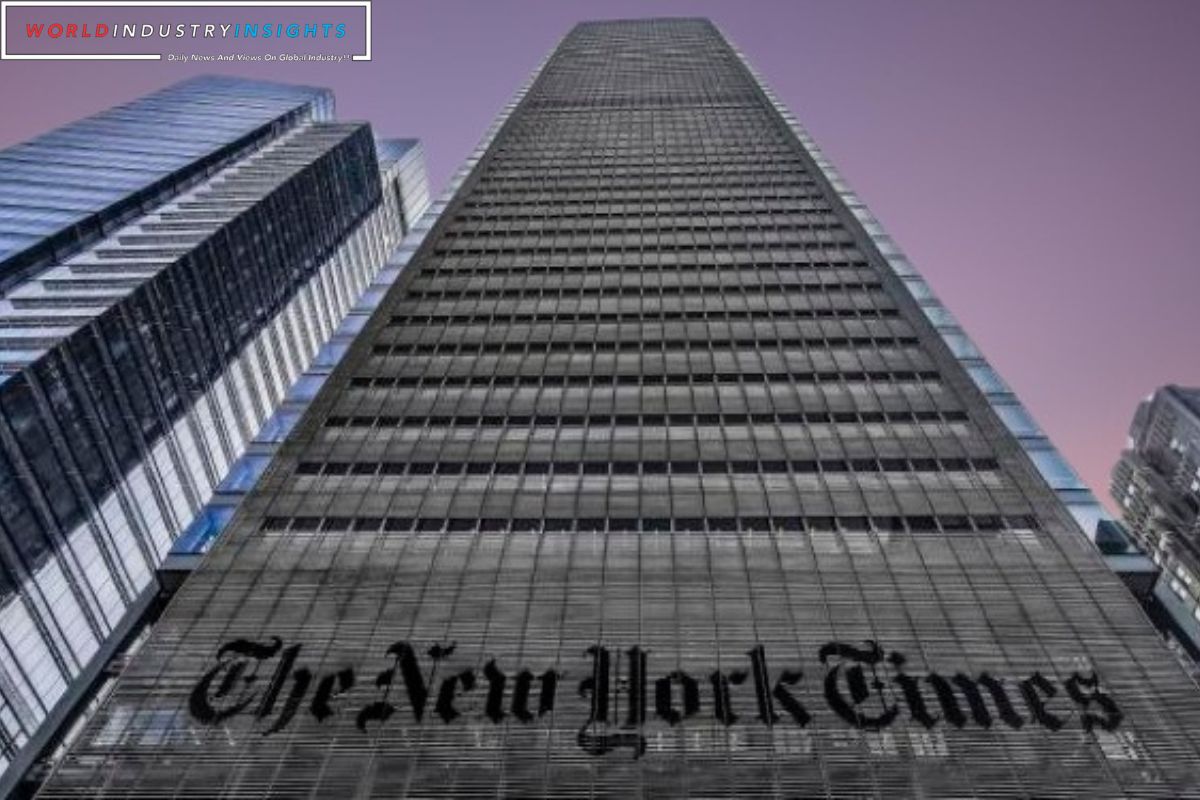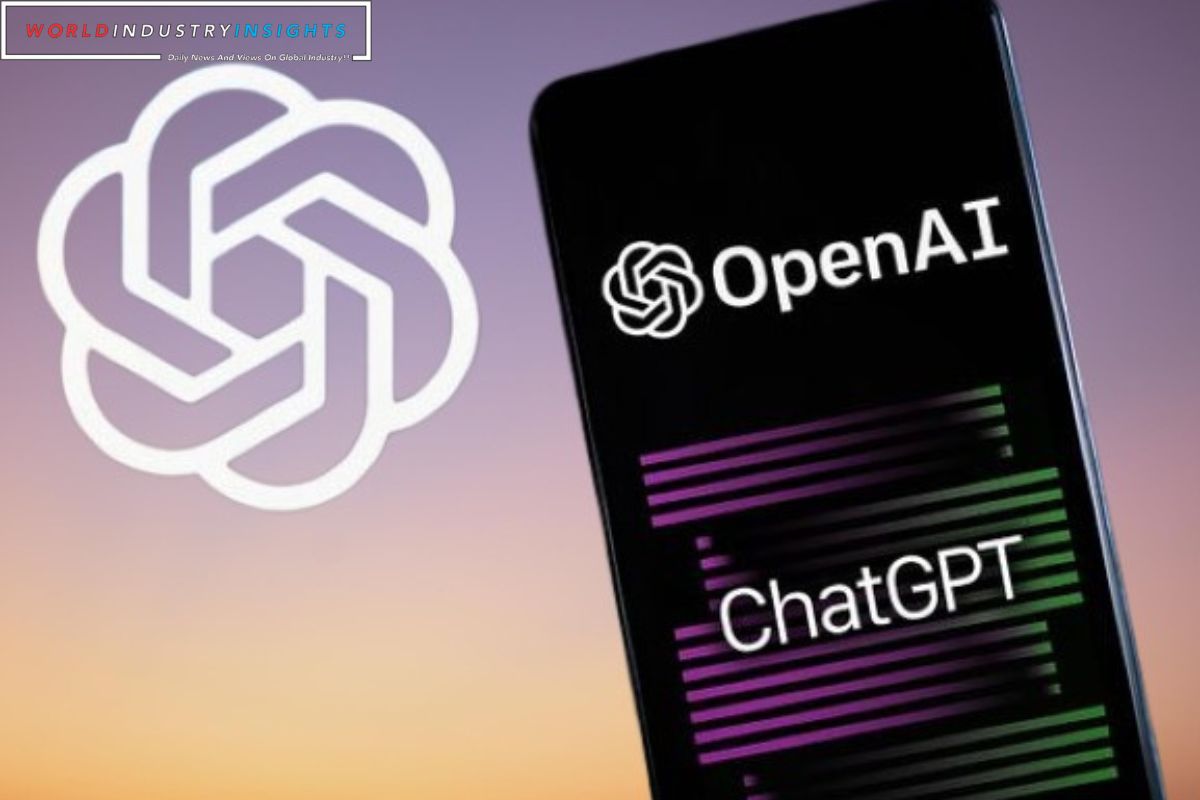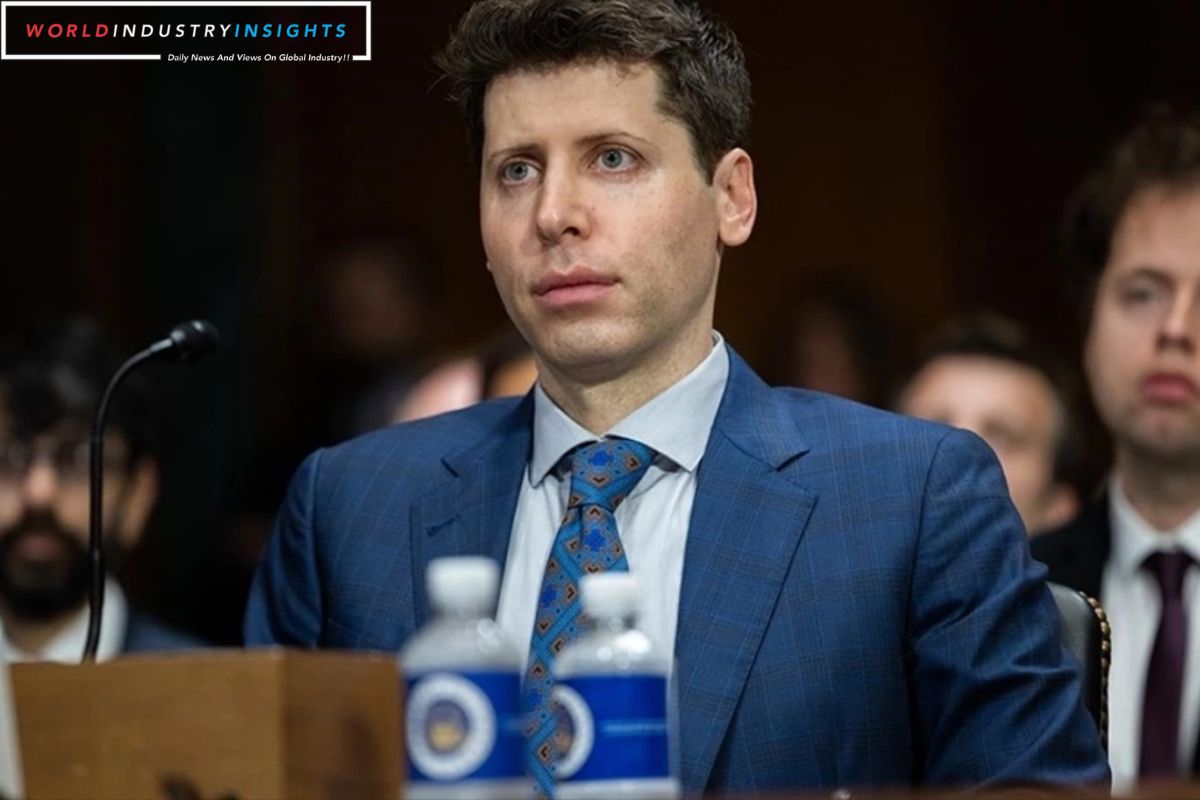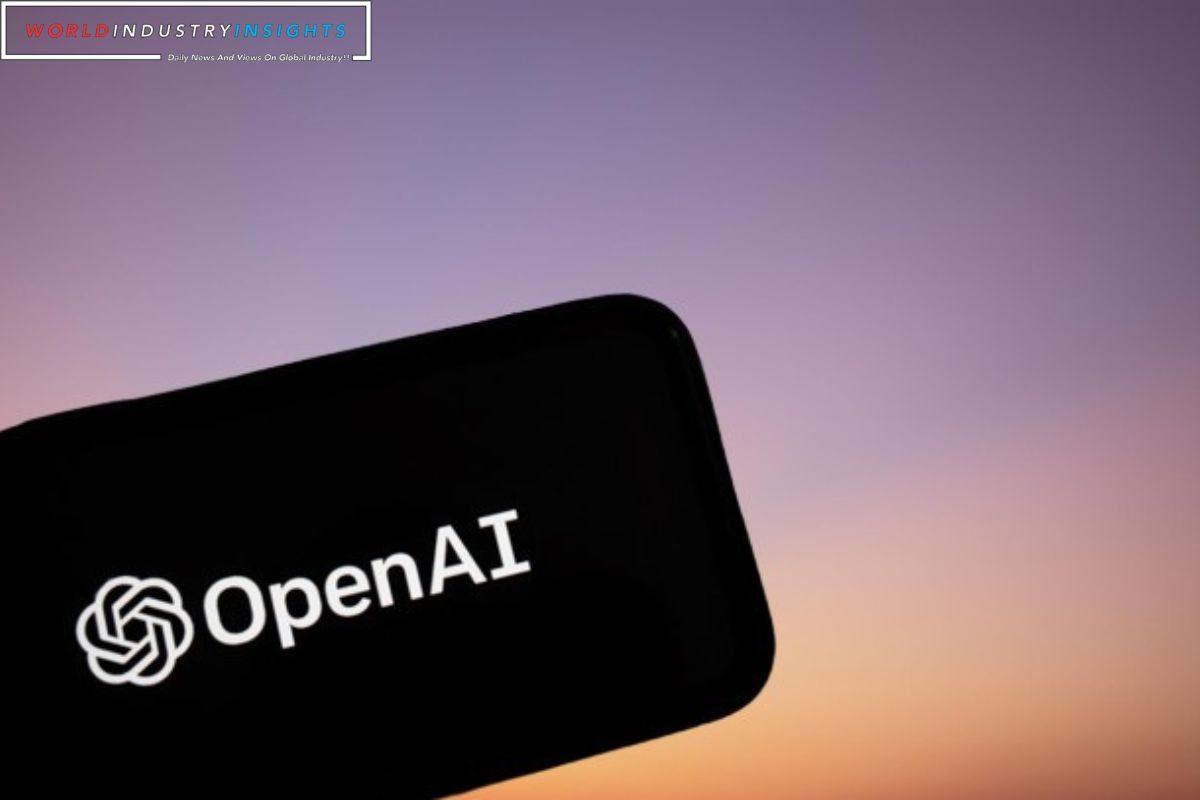The New York Times Vs OpenAI: The legal battle between The New York Times and OpenAI over alleged copyright violations by AI technology has captivated the attention of both the tech industry and legal experts. As the lawsuit unfolds, questions arise regarding the implications for AI and copyright laws, as well as the potential industry repercussions.
Failed resolution talks have further complicated the case, leaving both parties at odds and the outcome uncertain. This high-profile dispute not only sheds light on the evolving relationship between AI and intellectual property, but also highlights the regulatory landscape and media trends surrounding this cutting-edge technology.
The stakes are high, and the resolution of this lawsuit could have far-reaching consequences, making it a topic of great interest and importance.
Key Takeaways
- Lawsuit filed against OpenAI and Microsoft alleging copyright infringement and unauthorized use of content.
- Failed resolution talks between the parties involved, leading to a breakdown in communication.
- Implications for AI and copyright laws, including testing boundaries of generative AI technologies and raising concerns about news industry’s business models.
- Potential industry repercussions, such as reevaluation of copyright laws, changes in business models, and increased demand for accountability and transparency in AI-generated content.
Lawsuit Details and Allegations:
The lawsuit against OpenAI and Microsoft alleges copyright infringement and unauthorized use of content, seeking billions of dollars in damages and the destruction of chatbot models and training data.
The complaint filed by The New York Times asserts that OpenAI and Microsoft unlawfully trained AI chatbots using copyrighted material from the Times’ articles. The lawsuit focuses on the unauthorized use of content for training purposes, claiming that OpenAI and Microsoft violated the Times’ exclusive rights as the copyright holder.
Also Read: OpenAI New Protocols: Balancing AI Innovation With Risk Prevention
The allegations center around the reproduction and distribution of copyrighted material without proper authorization. The Times seeks both statutory and actual damages, emphasizing the significance of the infringement and the financial impact it has caused.
Additionally, the Times demands the destruction of chatbot models and training data that incorporate the copyrighted content.
Failed Resolution Talks:
Unsuccessful attempts were made to reach a resolution through talks addressing concerns about the unauthorized use of intellectual property.
In April, The New York Times approached Microsoft and OpenAI to discuss the issues at hand. However, despite the discussions aimed at resolving the matter amicably, the attempts failed to produce any results.
OpenAI expressed surprise and disappointment at the legal action taken by The Times, indicating that they were blindsided by the escalation in the dispute over content usage.
This failed resolution talks stage signifies a breakdown in communication between the parties involved, highlighting the complexities surrounding the alleged copyright violations.
It remains to be seen how the legal proceedings will unfold and whether a resolution can be reached through the court.
Implications for AI and Copyright Laws:
Implications for AI and Copyright Laws arise as the lawsuit tests the boundaries of generative AI technologies and raises concerns about the news industry’s online journalism business models.
The legal action not only questions the use of AI in creating content but also highlights the potential impact on the profitability of traditional news organizations.
The accusations against OpenAI for using The New York Times’ content without payment to create competing products mirror similar cases involving Meta, Getty Images, and novelists.
These lawsuits shed light on the evolving landscape of copyright law in the context of AI, where the line between transformative creation and copyright infringement becomes blurred.
As AI technology continues to advance, it is crucial for lawmakers and industry stakeholders to navigate the complexities of copyright protection and fair use in order to strike a balance between innovation and intellectual property rights.
Potential Industry Repercussions:
Potential Industry Repercussions may include significant shifts in business models and the need for greater accountability in AI-generated content. The lawsuit between The New York Times and OpenAI has the potential to shape the future of copyright laws in relation to AI technology.
Here are three potential industry repercussions:
- Reevaluation of copyright laws: The lawsuit could prompt a reevaluation of copyright laws in light of technological advancements. This could lead to the establishment of new guidelines and regulations for AI-generated content.
- Changes in business models: Companies may need to adapt their business models to ensure compliance with copyright laws and protect their intellectual property. This could involve implementing stricter content monitoring and attribution practices.
- Greater accountability: The case highlights concerns about AI altering material and incorrectly attributing false information. As a result, there may be an increased demand for greater accountability and transparency in AI-generated content, pushing companies to improve their algorithms and verification processes.
Media Trend and Regulatory Landscape:
The evolving media landscape and regulatory environment surrounding AI technologies has prompted a growing number of media organizations to seek compensation for AI model training.
The New York Times’ lawsuit against OpenAI and Microsoft reflects this trend, as it alleges mass copyright infringement and unauthorized use of content, potentially impacting commercial opportunities.
This legal action adds to the growing scrutiny of using copyrighted material in training AI models. OpenAI has faced previous legal challenges, including those from notable authors, further emphasizing the need for clarity in the regulatory landscape.
Anticipation of potential U.S. regulations addressing AI tool safety, security, and transparency further underscores the importance of navigating the legal implications surrounding AI development.
The outcome of this lawsuit could set legal precedents and influence how AI companies handle copyrighted material in their development processes.
Conclusion Of The New York Times Vs OpenAI
In conclusion, the lawsuit between The New York Times and OpenAI regarding alleged copyright violations highlights the complexities surrounding AI and copyright laws.
The failed resolution talks and potential industry repercussions underscore the need for clear guidelines and regulations in the rapidly evolving AI landscape.
This case also reflects the growing trend of media organizations seeking legal action to protect their intellectual property rights, indicating a shift in the regulatory landscape surrounding AI and copyright issues.
Our Reader’s Queries
Who is the parent company of The New York Times?
The New York Times, affectionately known as The Gray Lady, is a highly respected national “newspaper of record” owned by The New York Times Company. The Sulzberger family has been in control of the paper since 1896, with Arthur Ochs Sulzberger Jr. serving as both the publisher and chairman of the company.
Who is the owner of The New York Times?
The New York Times has been under the ownership of the Ochs-Sulzberger family, a prominent newspaper dynasty in the US, for quite some time now. The publisher made its debut on the American Stock Exchange on January 14, 1969, with a trading price of $42 per share.
Who is the audience of The New York Times?
Our brand caters to the inquisitive minds across the globe, be it in Manhattan, Michigan, Paris or Singapore. Our readers are passionate learners, always eager to explore and comprehend the intricacies of world events. We strive to provide them with the context they need to satiate their curiosity and broaden their horizons.
Who founded NYT?
The New York Times Company, established in 1851 by Henry Jarvis Raymond and George Jones, is headquartered in the iconic New York Times Building in Manhattan. With a global reach, the company serves audiences worldwide.




